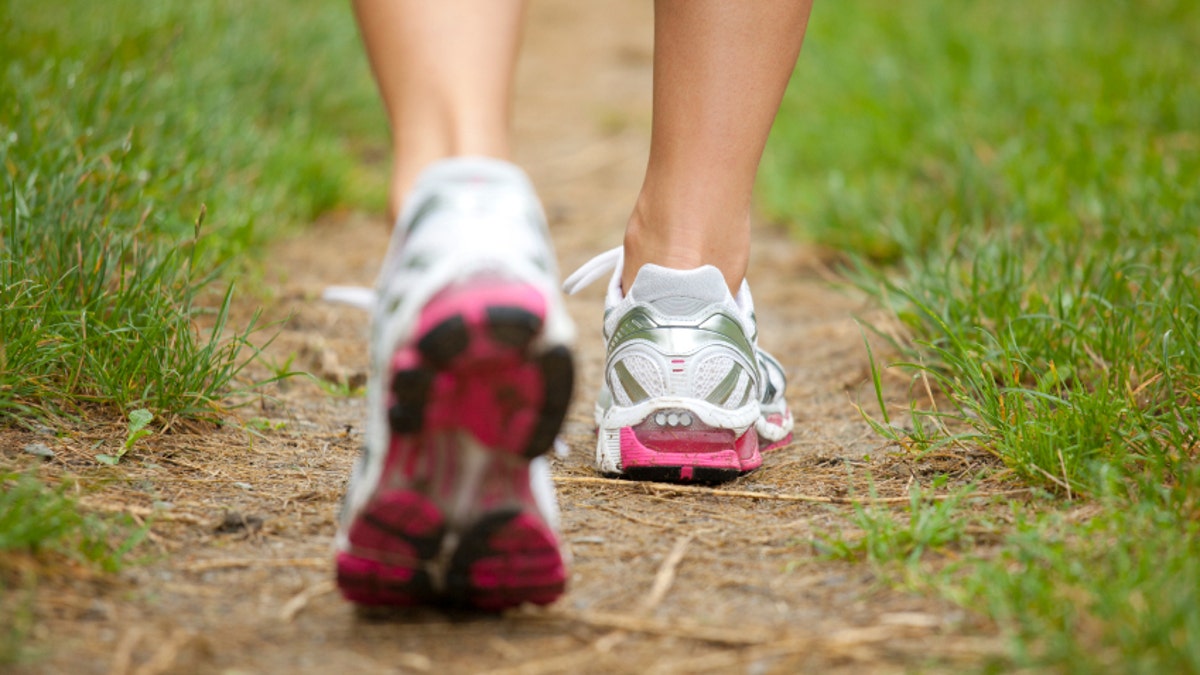
There’s nothing healthier than exercise, right? It lowers blood pressure and blood sugar, reduces heart disease and cancer risk, improves blood flow, straightens posture, strengthens bone, improves lung function, improves sleep, prevents depression, prevents obesity and reduces stress levels.
Even better, exercise is a medically researched and proven fountain of youth. So the more the better, right? However, just like all good things, too much, or the wrong kind, has the potential to be harmful. In fact, it’s actually possible to hurt yourself and even risk your health.
How can you tell if your exercise is the damaging kind?
The first sign is pain. A new pain experienced while exercising is a sign you are either doing too much of something, not using proper technique, or need to modify equipment (including shoes). Pain that is wincing, stabbing or sharp is a sign you should stop the exercise immediately. If it continues, hold off on that form of exercise for a few days then try again at a different intensity.
If that pain continues despite rest, or becomes a pain that interferes with everyday activities such as sitting, walking or standing, you should see a health care professional.
Another red flag for potential serious injury is pain that interferes with sleep. Anything severe enough to bother you while you are doing something other than the exercise that caused it requires evaluation. The sooner the diagnosis and treatment starts the quicker the pain will resolve.
Another harmful exercise risk that may also have pain as a symptom is overtraining syndrome. Muscle and mind fatigue can occur if work outs have been strenuous and daily for extended periods, and also without time for rest and recovery. The first indicator of overtraining is poor performance in the sport or exercise, accompanied by fatigue, muscle soreness, depression, change in sleep habits and even hormonal changes such as change in libido or irregular menstrual cycle.
While overtraining syndrome can occur in all fitness enthusiasts, it is more frequent among endurance athletes such as triathletes, competitive athletes who train several hours a day, and power sport athletes (weight lifting). If not recognized and treated with significant rest, overtraining may take months to recover from.
Rhabdomyolysis is a life-threatening situation secondary to extreme exertion and dehydration. One of the defining symptoms in addition to severe muscle soreness, nausea, confusion and fatigue is brown or red urine.
This is due to the extreme amount of muscle breakdown products in the blood and kidneys’ overload. The kidneys cannot keep up with their job of cleaning out the blood and subsequently overflow muscle breakdown products into the urine. Muscle soreness lasting more than 3 days is a sign you are working too hard and if repeated could lead to rhabdomyolysis.
“Rhabdo” has wrongly been glorified in the cross fit population suggesting you have indeed worked your body to its limit, despite it leading to kidney failure and even death. This syndrome requires hospitalization, often for several days. It is also made worse with certain drugs.
There is also the risk of stress fractures, which are hairline cracks in bone that occur from either too much stress on regular bone or regular stress on weak bone. Too much stress results from repeated impact without rest, improper weight balances such as poorly fitted or cushioned shoes or increasing the amount of exercise too quickly.
Stress fractures are a warning that you may develop a real fracture requiring surgery along with total rest from any activity on that bone. A pre-fracture condition, stress fractures should be treated with rest, especially avoiding activities which cause pain, in order to prevent progression to a complete fracture. Treatment is often from 6-8 weeks. Occasionally, bracing is recommended.
Exercising the wrong way or too often can also do damage to your immune system. Your immune system is unable to fight off viruses or bacterial illness when your body is stressed with too much working out and not enough recovery. The acceptable rule to exercising when you are ill is to a) not work out if you have a fever and b) not work out if symptoms are below the neck, indicating possible flu or pneumonia.
In both of these cases the body’s immune system is focused on fighting infection. Anything more than mild exercise is known to make symptoms worse or turn a simple cold to bronchitis, for example. Moderate exercise can increase your ability to fight infections by increasing Natural Killer cell, the disease fighters in your body. Immunity benefits change, however, with extreme exercise, and exercise in the cold which lowers ability to fight infection.
If the body is under too much stress, fevers get worse, and viruses can develop secondary bacterial infections, requiring strong medication or even hospitalization.
Don’t let these risks discourage you to obtain all the stress reducing, mood bolstering, health improving, longevity-increasing benefits of exercise. Keep your activities enjoyable, pain free and moderate with bursts of intensity and you will reap all the rewards without any risks. If in doubt, change to a less intense form of exercise for a few days, check in with your body, then restart at a low level.
